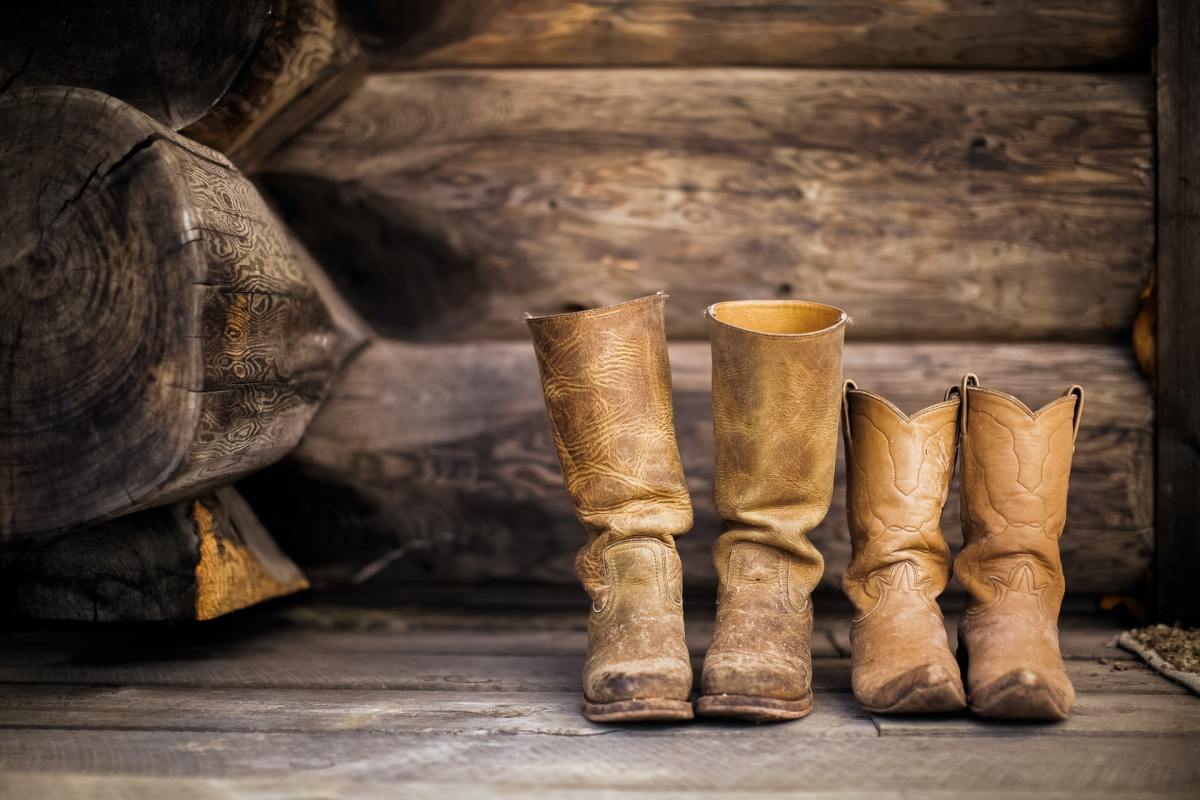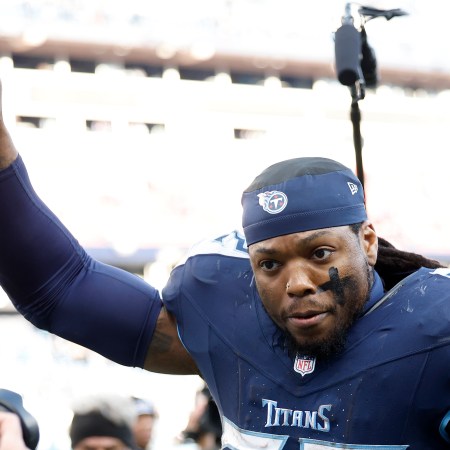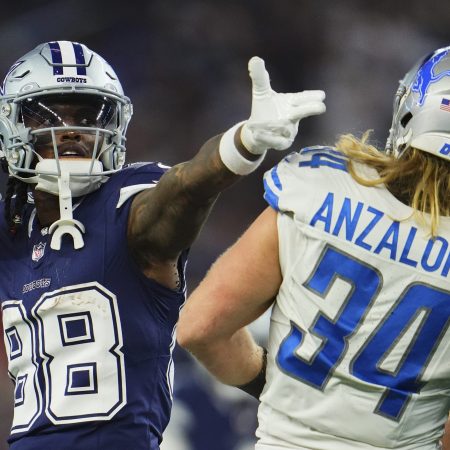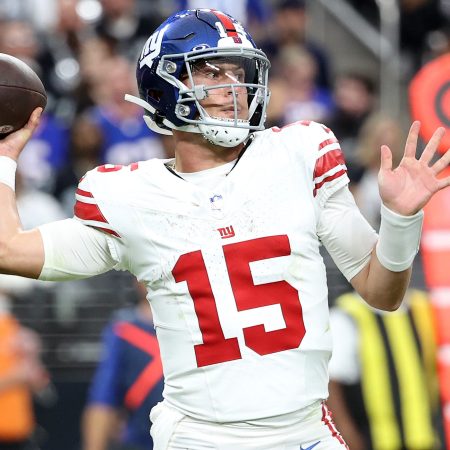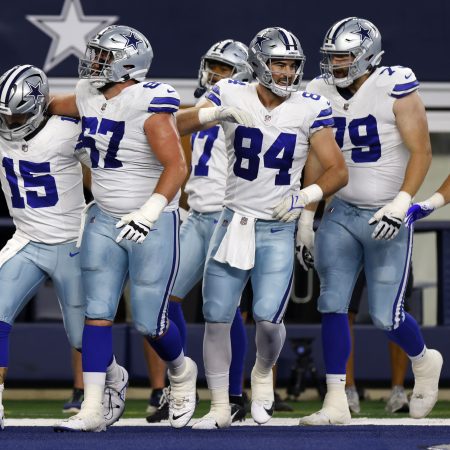In 1917, L.L. Nunn — who had made a fortune by investing in power infrastructure — founded an institute of higher learning that hewed to his own concepts for education. Writing in The New Yorker in 2016, Dana Goodyear described it as “a small men’s school called Deep Springs College, on a working cattle ranch.” Tuition is free; students are instructed to avoid drugs and alcohol during the semester, and manual labor is a part of the daily routine. And, as the article pointed out, a lot of students who complete the program there go on to attend elite institutions.
At the time that Goodyear’s article was published, Deep Springs still admitted men only. Two years later, it finally went coed — and now, a new article at Outside by Tessa Love explores how this decision has (or has not) changed Deep Springs. Love is the first journalist to visit the college since it went coed; the school placed a moratorium on media visits for the first few years after the change.
Love’s article describes an institution that’s still very versed in tradition, where the valley that houses it still represents something of a border to be crossed and where a number of students eschew email or phone calls in favor of writing letters during their time there.
Sue Darlington, the president of Deep Springs College, told Outside, “[T]he things that really mattered at the heart of the college’s mission have not changed at all.” The article does describe some bumps in the road to the school becoming coed — and suggests that more changes could be in the making. But from reading the article, it certainly seems like a distinctive campus culture remains in place for students present and future.
Thanks for reading InsideHook. Sign up for our daily newsletter and be in the know.
